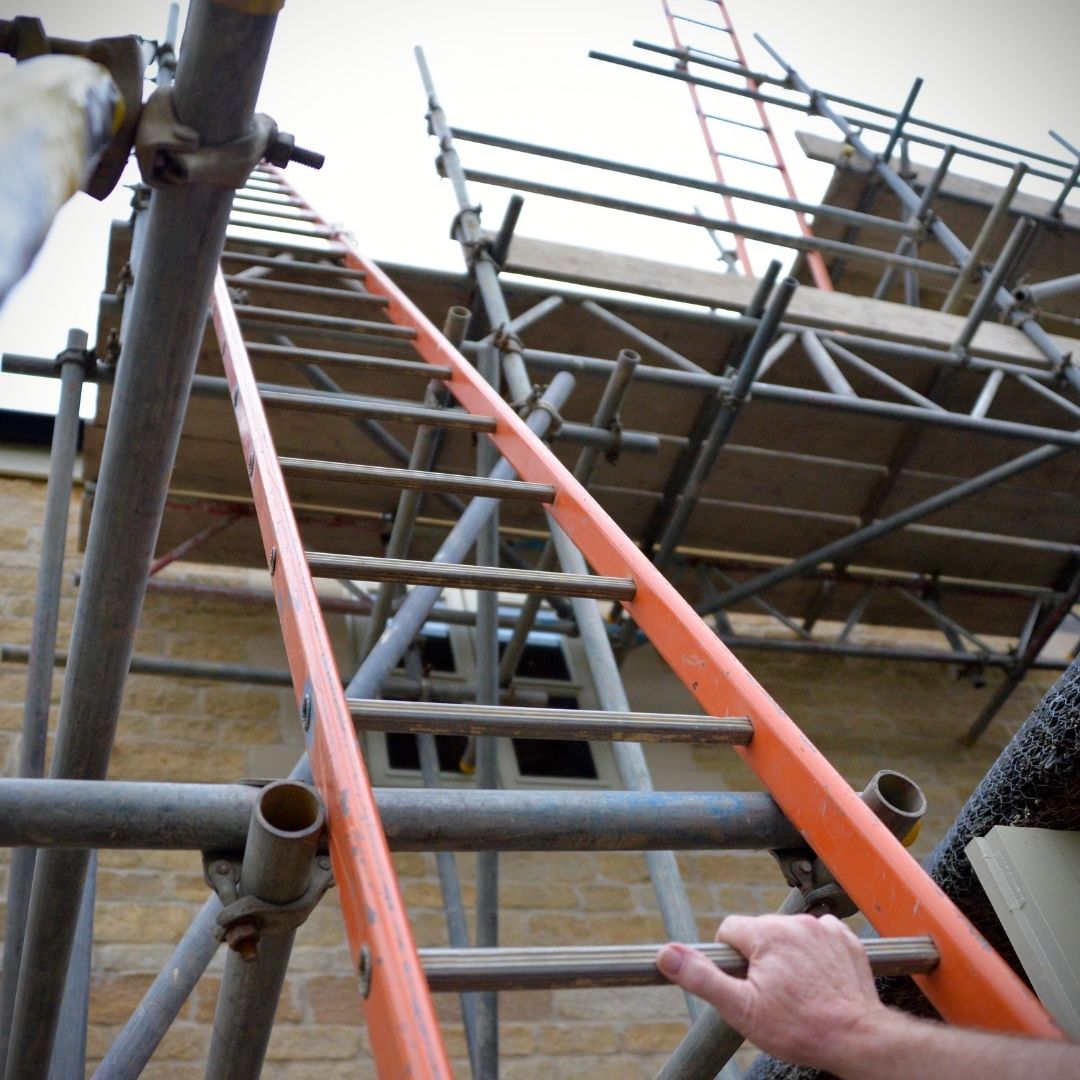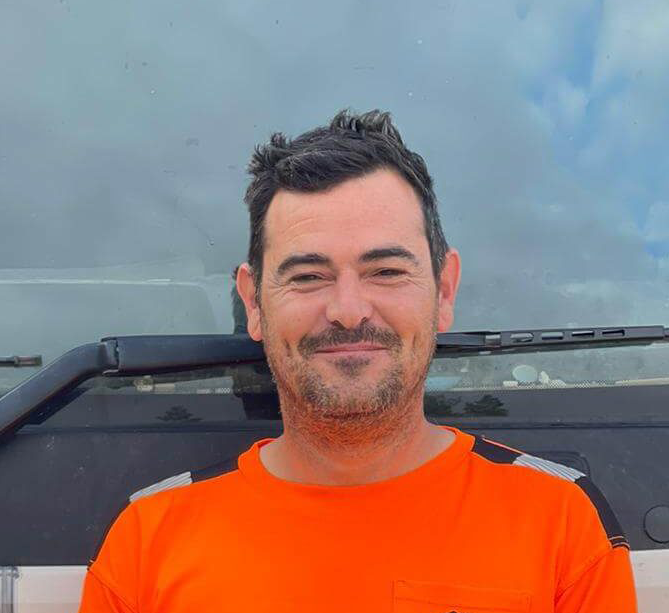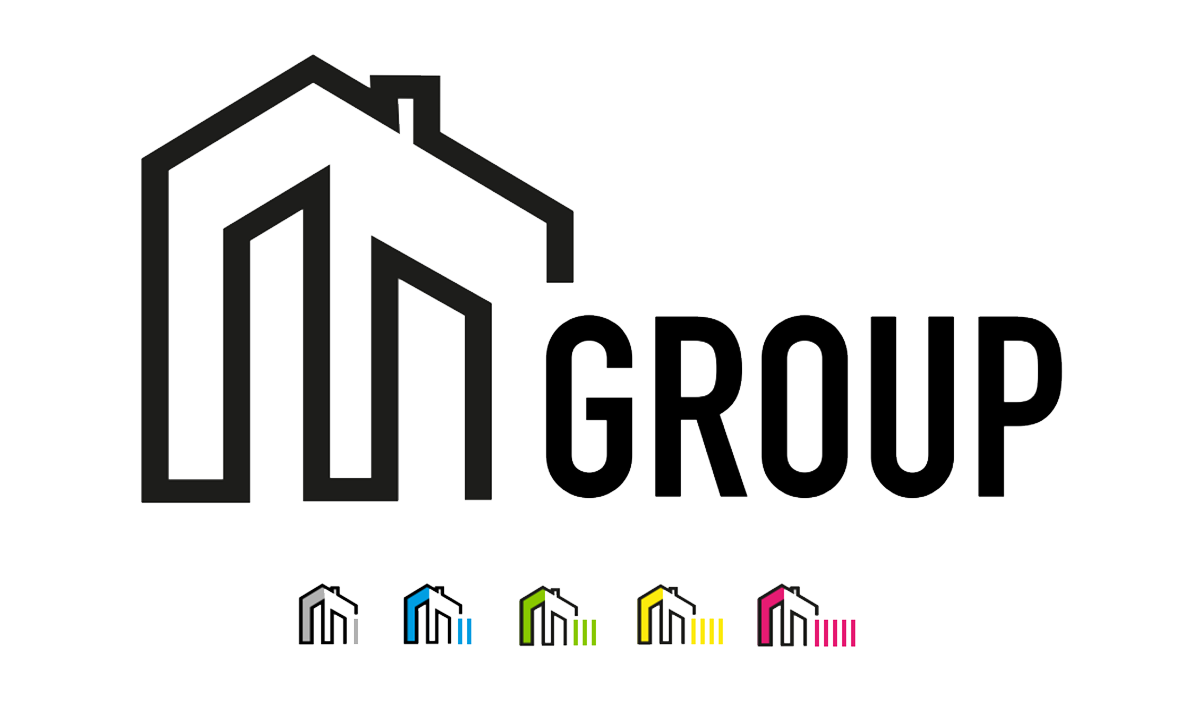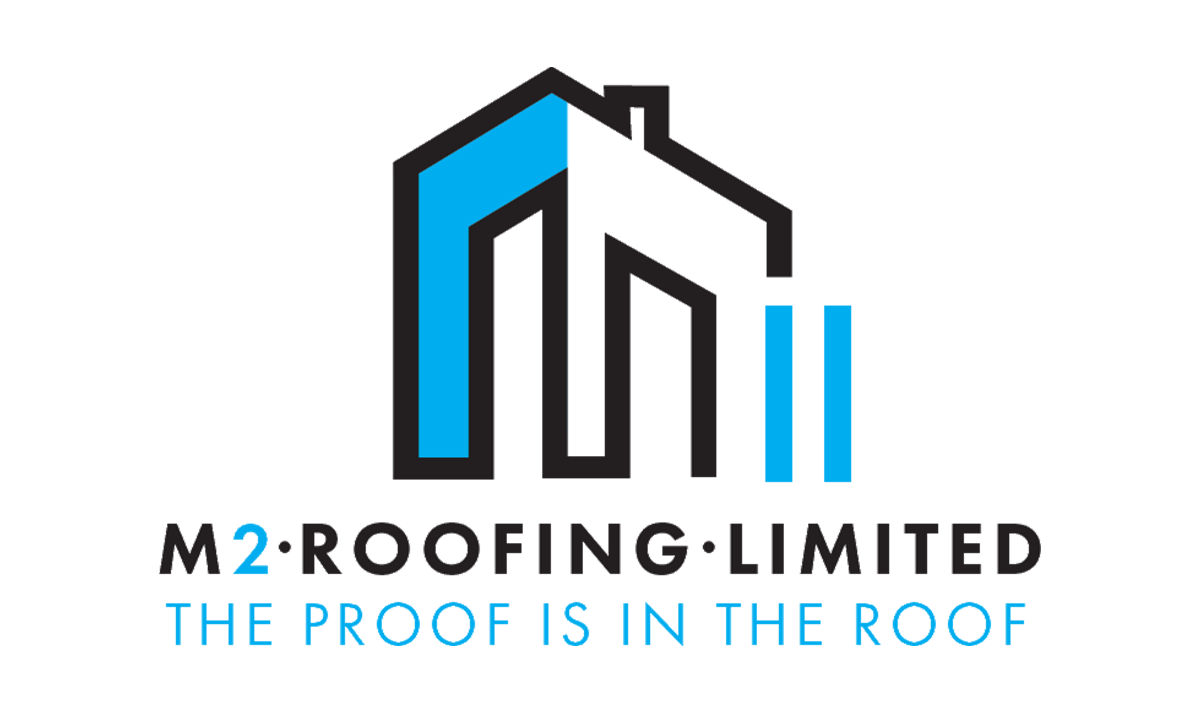How High Can Scaffolding Go?
Scaffolding height is governed by safety. Understanding the maximum height that will apply to a particular scaffolding set-up requires experience and training.
Obviously, the principle of physics is what determines how high you can build scaffolding. The answer will depend on the type of scaffolding being used. It will differ widely depending on whether you consider a mobile tower or a bespoke fixed system attached to a building.
Whilst scaffolding is, without a doubt, the safest solution for working at height, there are some limitations to how high a scaffold structure can go. Safety and stability are the critical outcomes for a good scaffolding design.
This article will look more closely at the factors that impact the maximum height of scaffolding in different situations.

Maximum Height of Scaffold Towers
A straightforward scaffold tower is a simple solution for keeping workers safe when working at height. The significant advantage is that they are easy to set up yet far more stable than a ladder.
A scaffold tower uses four legs to provide superior stability compared to a ladder with two legs, and they come in a modular design to be fitted together to meet the user’s brief.
A scaffold tower will come with instructions to ensure it performs well and meets safety regulations.
It’s all about the base when it comes to determining how high a mobile scaffold can be built.
Older towers used a 3:1 ratio of height to width to determine a maximum height. Newer products often use a more complex set of calculations based on the individual set-up and design. 4:1 is a standard ratio for calculating maximum height, where you use height: smallest base dimension.
One thing that remains true is that you should never go beyond the manufacturer’s recommendations, as you will be putting your workers, visitors and passers-by at risk. Falling is still the most common cause of death in the construction industry in the UK, which is why there is specific guidance for the scaffolding industry.
What other factors impact the maximum height of a scaffold tower?
The manufacturer of a scaffold system is the best person to understand the maximum height of a build. They will consider the materials and design used in the set-up.
The load bearing limit of a structure will be impacted by materials such as lightweight alloys no matter how well it is erected. Soft gauge materials are more likely to collapse and cause accidents.
As well as the metal gauge used in the structure, you also need to factor in the diameter of the cross members. In structures over 18m tall, the 4:1 limit (height to smallest base measurement ratio), commonly the foundation principle of building a scaffold, is even more critical.
Safe and reliable scaffolding should have enough durability and stability to allow for load and climate conditions. An expert should be able to guarantee the strength of a scaffold structure so that it does not shake, sway or lean.
How to Make a Scaffold Tower More Stable
Any scaffolding design must incorporate the height at which the structure will become unstable. Since the whole point of scaffolding is to provide stability, it is vital that these calculations are carried out by someone competent and experienced.
Some things can be done to offset the problems of a scaffolding set up becoming unstable because of its height.
For a freestanding scaffold to be considered safe, the total height should be no more than four times the smallest dimension of the base. Over this, it is possible to use stabilisers, sometimes known as outriggers, to maintain the structure.
In other situations, the person erecting the scaffolding may use ties or braces to support a freestanding system. Lines can assist with stability providing the connections are strong.
It is crucial to understand how weather conditions can impact an empty structure if it is too high and not sufficiently secured.
Maximum Height of Fixed Scaffolding
Fixed scaffolding is the term for scaffolding structures you see around industrial, commercial or residential buildings under construction, undergoing maintenance, being cleaned or being repaired.
Unlike a mobile tower, this scaffolding is constructed and fixed temporarily to the building to make it secure. It will include guard rails and platforms to allow workers to access all building areas.
The type of fixed scaffolding used will depend on the type of building being worked on and the nature of access required. It can be left in place for the duration of the construction work.
Soft gauge aluminium is not suitable for high-rise buildings. Any build over 12m is more likely to require steel scaffolding.
There are various types of steel scaffolding, including suspended scaffolds that use a pulley system. Whatever style is used, it is essential that the integrity of the structure is suitable for the height.
Steel scaffolding systems can be offered as a flexible modular design to adapt to the environment of the build. You will often see suspended scaffolds alongside steel construction to get the most robust structure.
One of the tallest scaffolding projects globally was Burj Khalifa in Dubai. Finished in 2010, it reached 829m high with 163 floors. The scaffolding height was increased as each storey was completed, and construction took over six years to finish.
Final Thoughts – How High Can Scaffolding Go?
As you can see, scaffolding has been used at heights up to 829m, but the higher the scaffold is required to reach, the more complex the structure needs to be.
There are mobile scaffold towers or fixed scaffolding structures made from different materials. Steel scaffolding can be used on taller projects in conjunction with innovative solutions such as suspended scaffolding.
If you are considering scaffolding for your next project, however big or small, it is best to contact an experienced scaffolding company for advice. There are many bespoke solutions for a range of height issues that you can discuss with professionals in the industry.
For advice, bespoke designs and professional installations, get in touch with M1 Scaffolding. We were established in 2013 and have extensive experience designing, supplying, and erecting scaffolding for residential and commercial buildings.




